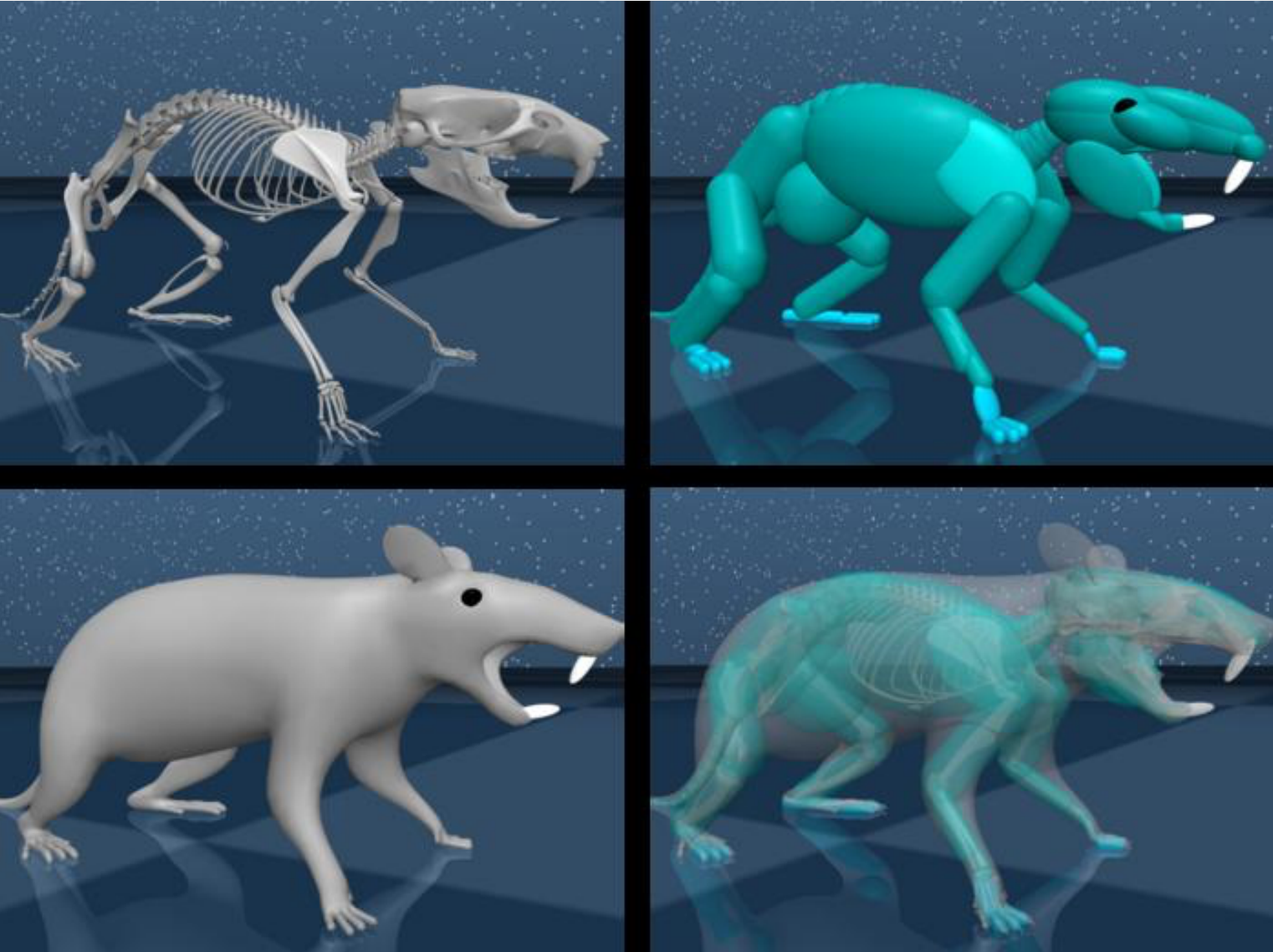DeepMind unveils virtual rat with artificial brain
Breakthrough sees computerised creature accurately mimic movements of a real rodent
Google’s AI division DeepMind has unveiled a groundbreaking computerised rat that is able to move around like a real rodent through an artificial brain.
The virtual rat emulates the “evolutionary marvel” that is animal movement, according to the researchers who developed it.
The project came about following a collaboration between neuroscientists at Harvard University in the US and researchers at DeepMind in the UK, who worked together to accurately simulate the digital creature using movement data recorded from real rats.

The high-resolution data was used to train an artificial neural network that served as the rat’s brain within a physics simulator that mimics the effects of gravity and other real-world forces.
“DeepMind had developed a pipeline to train biochemical agents to move around complex environments,” said Bence Ölveczky, a professor at Harvard’s Department of Organismic and Evolutionary Biology, who led the researchers collaborating with DeepMind.
“We simply don’t have the resources to run simulations like those, to train these networks.”
The biomechanically realistic digital model represents a major breakthrough in understanding how the brain controls movement, according to Professor Ölveczky.
It can also serve as the basis for other artificial intelligence simulations that can open up new avenues into neuroscience research, such as how neural circuits are compromised in disease, and how real brains generate complex behaviour.
“We’ve learned a huge amount from the challenge of building embodied agents: AI systems that not only have to think intelligently, but also have to translate that thinking into physical action in a complex environment,” said Google DeepMind Senior Director of Research Matthew Botvinick.
“It seemed plausible that taking this same approach in a neuroscience context might be useful for providing insights in both behaviour and brain function.”
Details of the virtual rat were published in the scientific journal Nature on Tuesday, in a study titled ‘A virtual rodent predicts the structure of neural activity across behaviours’.
Join our commenting forum
Join thought-provoking conversations, follow other Independent readers and see their replies
Comments
Bookmark popover
Removed from bookmarks